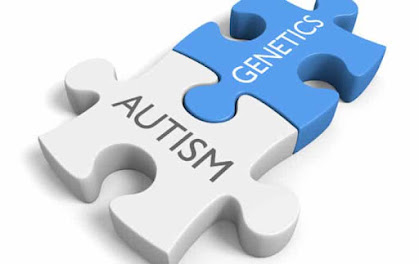Receiving an autism diagnosis can be an overwhelming experience for individuals and their families. It often comes with many questions, including the underlying causes of the condition. While autism spectrum disorder (ASD) is known to have a strong genetic component, a crucial but often overlooked step after diagnosis is genetic screening. One of the key reasons for this is to determine whether Fragile X Syndrome (FXS)—one of the most common known genetic causes of autism—is present.
What is Fragile X Syndrome?
Fragile X Syndrome is a genetic condition caused by a mutation in the FMR1 gene, which is responsible for producing a protein essential for normal brain development. This mutation leads to intellectual disability, speech and language delays, social anxiety, hyperactivity, and other behavioral and cognitive challenges. Importantly, Fragile X is also a leading inherited cause of autism, with research indicating that approximately 2-6% of individuals with autism have FXS.
Why Genetic Screening is Essential After an Autism Diagnosis
Identifying the Root Cause
A confirmed autism diagnosis provides valuable insight into an individual’s developmental profile, but it does not explain the cause. Genetic testing can help determine whether Fragile X or another genetic condition is contributing to autism symptoms. Knowing the cause can provide clarity and help families better understand what to expect.Personalized Treatment and Support
If Fragile X is detected, intervention strategies can be more precisely tailored to the individual’s needs. While standard autism therapies—such as behavioral therapy and speech-language support—are beneficial, individuals with Fragile X often have unique learning styles and challenges that require specific strategies, such as structured teaching environments and sensory-friendly approaches.Family Planning and Genetic Counseling
Fragile X is an inherited disorder, which means that family members may also be carriers of the FMR1 gene mutation. Genetic screening provides crucial information for parents and relatives who may be planning to have children, allowing them to make informed reproductive choices and seek genetic counseling if needed.Medical and Health Considerations
Individuals with Fragile X Syndrome often have co-occurring medical conditions, including seizures, connective tissue issues, and heart conditions. Early diagnosis allows healthcare providers to monitor and address these potential health concerns proactively, improving the individual’s quality of life.Access to Support Networks and Resources
A confirmed diagnosis of Fragile X Syndrome can connect families with specific support groups, research studies, and educational resources tailored to FXS. Organizations such as the National Fragile X Foundation provide guidance, advocacy, and community support for affected individuals and their families.
How to Get Genetic Testing
Genetic testing for Fragile X Syndrome is done through a simple blood test that analyzes the FMR1 gene. If you or your child has received an autism diagnosis, it is advisable to speak with a genetic counselor or healthcare provider about screening options. Early detection can help in making informed decisions about care, therapy, and family planning.
Conclusion
Genetic screening after an autism diagnosis is a crucial step in understanding the underlying causes of the condition. Since Fragile X Syndrome is a leading genetic cause of autism, identifying it early can help shape more effective treatment strategies, inform family planning, and connect individuals to the right support systems. If you or a loved one has received an autism diagnosis, consider speaking with a healthcare professional about the benefits of genetic screening—it could make a significant difference in the journey ahead.

Comments
Post a Comment